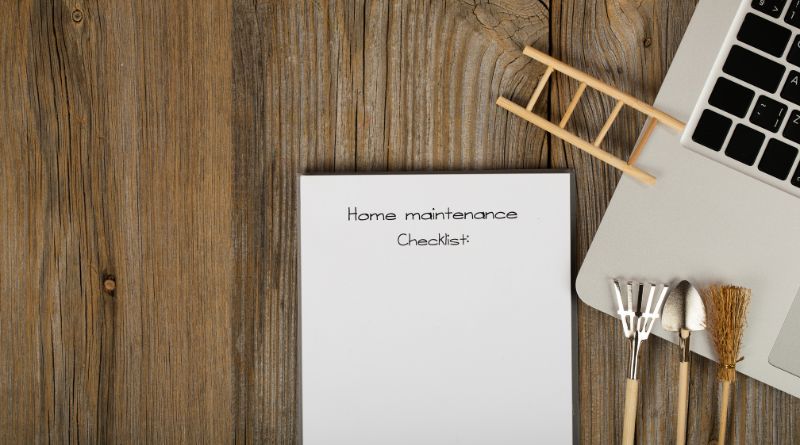Understanding Roof Tile Installation and Repair How Roof Tiles are Held in Place
1. Plain Tiles
- Installation Method: Plain tiles are laid in a double-lapped fashion, which means each tile overlaps the two tiles below it. This ensures there are no gaps, providing a robust and weatherproof layer.
- Nailing Pattern: Only about every fourth tile is nailed down, reducing the number of nails needed while still providing stability.
- Advantages: This method creates a strong, overlapping structure that resists water ingress and wind uplift.
- Considerations: Due to the fewer nails used, some tiles may become loose over time, but the double-lapped installation adds an extra layer of security.
2. Interlocking Tiles
- Installation Method: Interlocking tiles feature grooves that lock the tiles together, allowing for a single-layer installation.
- Nailing Pattern: These tiles are nailed in a specific pattern to ensure there are no weak spots, providing a tight and secure fit.
- Advantages: The interlocking design creates very tight joints, offering excellent protection against the elements. This modern solution is effective for maintaining the roof’s integrity.
- Considerations: While not all tiles are nailed down, the interlocking nature means they are less likely to become loose. However, it does mean that if a tile does come loose, it’s relatively easy to replace just the damaged tile.
Role of Roofing Felt
- Function: Roofing felt is a material placed under tiles to provide a flat base, additional insulation, and water protection.
- Modern Use: Today, most roofs use felt, which enhances the roof’s durability and weather resistance.
- Alternative (Mortar): In older properties, mortar is often used instead of felt to secure the tiles. While mortar can be effective, it’s more prone to degradation over time, leading to tiles becoming loose or falling out.
Common Issues and SolutionsFor Plain and Interlocking Tiles:
- Loose Tiles: This can be caused by corroded nails or extreme weather conditions. Regular maintenance and timely repairs can prevent this from becoming a significant problem.
- Mortar Degradation: For roofs with mortar instead of felt, tiles may become loose as the mortar ages. Replacing the mortar or switching to a felt underlayer can address this issue.
- Weather Damage: Both types of tiles can be affected by the UK’s wet and windy weather. Ensuring proper installation and timely repair of any loose tiles can mitigate long-term damage.
Repairing Felt Tiles and Felt Under TilesSteps for Repair:
- Inspection: Identify the areas where tiles are loose or the felt is damaged.
- Tile Removal: Carefully remove the tiles around the damaged area to access the felt.
- Felt Replacement: Replace the damaged felt with new material, ensuring it is laid flat and securely.
- Tile Reinstallation: Reinstall the tiles, ensuring they are properly secured according to the nailing pattern for plain or interlocking tiles.
When to Contact Professionals
- Immediate Action: If you notice any loose or missing tiles, contact a roofing professional promptly to avoid further damage from water and wind.
- Expertise Required: Roof repairs can be complex and dangerous, so it’s advisable to seek expert help to ensure the repairs are done correctly and safely.
- Ongoing Maintenance: Regular inspections and maintenance by professionals can help extend the life of your roof and prevent minor issues from becoming major problems.
Conclusion
Proper installation and maintenance of roof tiles, whether plain or interlocking, are crucial for protecting your home from the elements. Using roofing felt adds an extra layer of protection, but older homes with mortar may require more frequent repairs. If you encounter any issues with your roof tiles or felt, it’s important to act quickly and consult with a professional to ensure the longevity and integrity of your roof.



